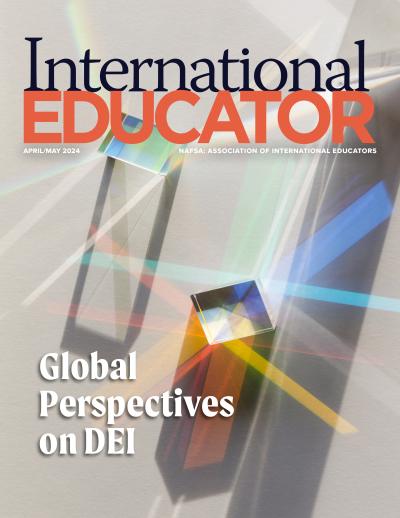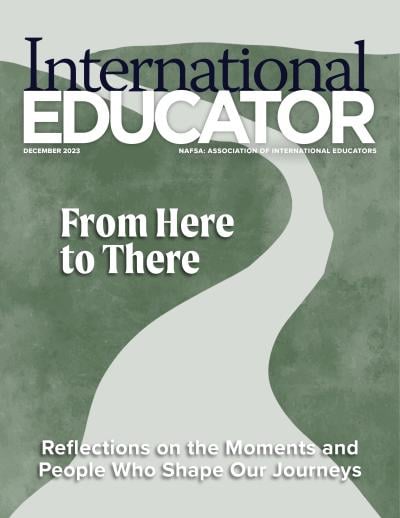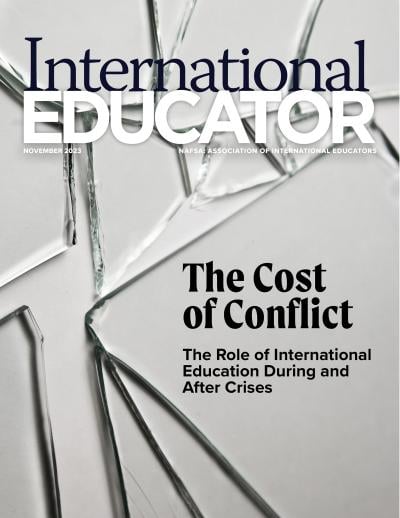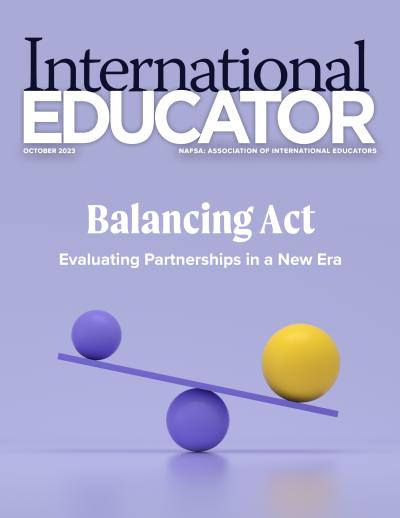Regional Globalism and International Higher Education in Asia
Higher education globalization has been growing with galloping speed. The number of college students worldwide studying outside their borders jumped from 0.8 million in 1975 to 2 million in 2001, reaching close to 3.7 million in 2009. It is expected to triple to roughly 8 million by 2025. The percentage of young people enrolled in higher education institutions increased from 19 percent in 2000 to 27 percent in 2007. Overseas branch campuses are approaching the 200 mark, and many countries have established educational “hubs” or “cities.” Dual and double degree programs have grown, starting mostly from European countries, and twinning/transfer articulation programs have a long tradition of success in several Asian countries. With increased competition in global higher education, the global movement of talent has never been so active, and the directions of “brain” flow never so diverse. And Asia is at the forefront of many of these developments.
Student Mobility Across Asian Borders
Worldwide, 52 percent of international students come from Asia. The top sending countries are China, India, South Korea, Indonesia, Malaysia, and Vietnam. Meanwhile, student mobility within Asia—particularly within East and Southeast Asia—has been equally, if not more, robust. The traditional “sending countries” of China, South Korea, and Japan now attract mainly students from other Asian countries to study in their own.
This trend is going to accelerate, with ambitious plans for growth from both Asian governments and institutions. According to the Vision 2020 report from the United Kingdom, Asia is set to account for 70 percent











